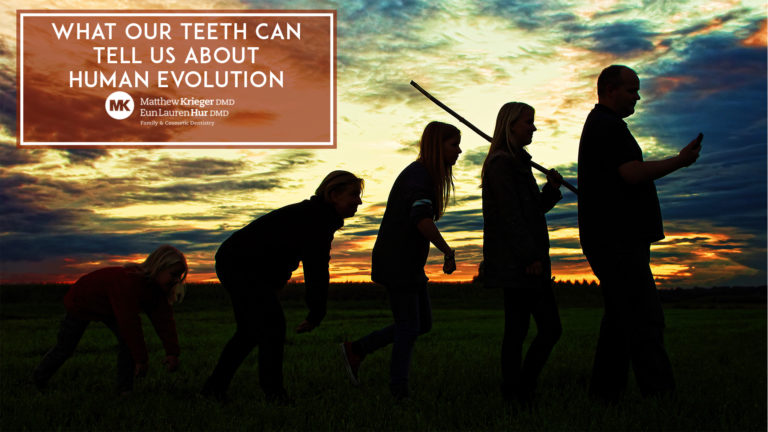It’s a well-known thing that bacteria cause plaque on teeth, but what you might not realize is that something as common as teeth can also sometimes harbor microorganisms that have caused some of the worst plagues humanity has faced. Bubonic plague (not the same as plaque!) for example, has popped up many times even within the somewhat limited span of written history, generally with devastating ends.
They didn’t call it the Black Plague because it was a good time and made you look fabulous. Oh no, bubonic plague was disfiguring and, worse, highly contagious. Humans haven’t seen a massive outbreak like those of the Dark Ages recently, but that doesn’t mean plague is a thing of the past. It actually continues to persist globally!
Plague’s Dark History
It’s long been believed that the plague organism we’re familiar with, Yersinia pestis, has been around a lot longer than the earliest recorded pandemic. As far as history is concerned, it officially kicked off with an episode known as the Plague of Justinian (in the years 541-543). This round of plague persisted until the eighth century, then Y. pestis cooled off and seemingly disappeared.
It reappeared for another long period, stretching from the 14th to the 18th centuries. This time the tipping point was Europe’s Black Death in 1347. We have generally accepted that modern plague was born from this pandemic renaissance, but we really don’t know much about the disease or Y. pestis beyond that.
Other archaeological evidence has pointed to potential plagues caused by Y. pestis all the way back to the Neolithic or Bronze Age Eurasia, but until recently, the strains found weren’t adaptable to living inside fleas, the main transmission vehicle for the Black Death. So just how did plague become a flea-transmissible disease?
A Pandemic’s Secret Uncovered!
When Maria Spyrou was working on her Ph.D. in paleogenetics at the Max Planck Institute in Germany, she had no idea that a few teeth she was studying might hold secrets hidden for thousands of years. But this is exactly what the pulp revealed when it was tested in her laboratory.
Not only did Spyrou discover an ancestor of the Black Death, she proved beyond a shadow of any doubt that Y. pestis capable of infecting fleas has been around a lot longer than anyone knew. At least 800 years longer, in fact!
It might not seem like much, but the truth is that those ancient teeth are now part of the narrative of how diseases emerge. Where major diseases, especially plagues, really come from has been in question for some time, and we’re only starting to understand these massive pandemics in the wider view. But we’re starting to find answers, a handful of teeth at a time, it would seem.
Knowing Disease May Help End Diseases
Plague is a real problem, even today. But so are other infectious diseases that we still don’t know a lot about. Studying microorganisms present in the tooth pulp of people from long ago can make it easier to trace a route from then to now. Seeing how a disease that’s so well documented, like plague, starts, how it changes as it travels and then comparing all of that to modern presentations may ultimately help solve the many questions that medical teams ask themselves constantly.
Dealing with issues like how disease starts and how it persists is just the beginning of a whole new kind of medicine that may lead to a longer-lived and healthier global population.
Plaque or Plague, We’re Here to Help
The office of Drs. Krieger and Hur is standing by for all your questions about dental disease. Whether you’ve got a little gum inflammation or a major abscess, you can thank a microorganism for the misery you’re experiencing (hopefully not the plague, though).
Don’t give that creature another moment’s thought. Call our office at (201) 560-0606 or book your next appointment by clicking here. We utilize a variety of pain-free dentistry techniques, as well as the latest research, for the best outcomes possible.


